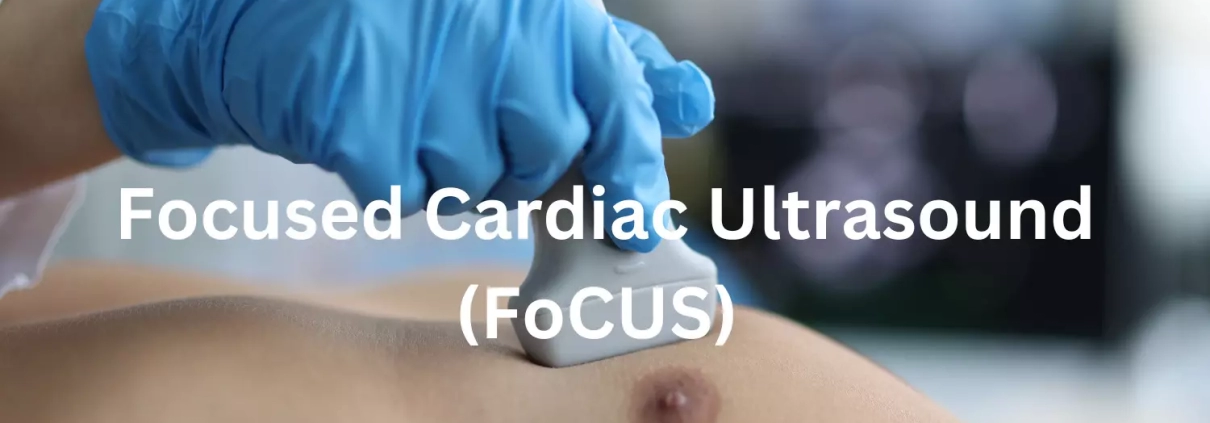AI-assisted focused cardiac ultrasound useful modality for assessment of left ventricular ejection fraction

Cardiovascular disease is the global leading cause of death worldwide, with disease prevalence increasing day by day. The rising prevalence of the disease has dramatically increased the financial burden on healthcare systems and has further constrained access to limited resources.
Focused cardiac ultrasound (FoCUS) is recently becoming standard practice in a wide spectrum of clinical settings. However there is a limited data evaluating the real-world use of FoCUS with artificial intelligence (AI) and a recent study aimed to determine the accuracy of FoCUS AI-assisted left ventricular ejection fraction (LVEF) assessment and compare its accuracy between novice and experienced users.
The study published in NPJ Digital Medicine reveals that FoCUS AI-assisted LVEF assessments provide highly reproducible LVEF estimations in comparison to formal transthoracic echocardiogram (TTE).
In this prospective, multicentre study, participants requiring a TTE were recruited to have a FoCUS done by a novice or experienced user. The AI-assisted device calculated LVEF at the bedside, which was subsequently compared to TTE.
The key findings of the study are
• A total of 449 participants were enrolled with 424 studies included in the final analysis. The overall intraclass coefficient was 0.904, and 0.921 in the novice (n = 208) and 0.845 in the experienced (n = 216) cohorts.
• There was a significant bias of 0.73% towards TTE (p = 0.005) with a level of agreement of 11.2%. Categorical grading of LVEF severity had excellent agreement to TTE (weighted kappa = 0.83).
• The area under the curve (AUC) was 0.98 for identifying an abnormal LVEF (<50%) with a sensitivity of 92.8%, specificity of 92.3%, negative predictive value (NPV) of 0.97 and a positive predictive value (PPV) of 0.83.
• In identifying severe dysfunction (<30%) the AUC was 0.99 with a sensitivity of 78.1%, specificity of 98.0%, NPV of 0.98 and PPV of 0.76.
Researchers concluded that FoCUS AI-assisted LVEF assessments provide highly reproducible LVEF estimations in comparison to formal TTE. This finding was consistent among senior and novice echocardiographers suggesting applicability in a variety of clinical settings.
They added even though TTE is the standard for determining LVEF in clinical practice, it is noted that it is “often not readily available” for immediate bedside evaluation and in low-resource settings. Assessing LVEF is fundamental in FoCUS exams.
Reference: Motazedian, P., Marbach, J.A., Prosperi-Porta, G. et al. Diagnostic accuracy of point-of-care ultrasound with artificial intelligence-assisted assessment of left ventricular ejection fraction. npj Digit. Med. 6, 201 (2023). https://doi.org/10.1038/s41746-023-00945-1.



